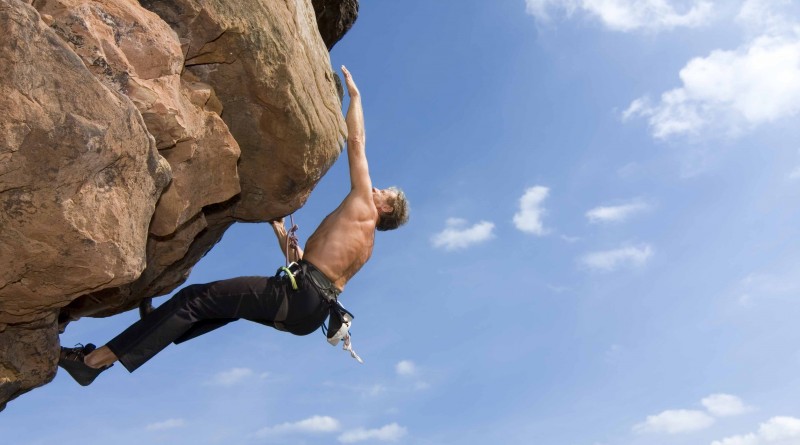There are climbing, and there is bouldering
When the climb becomes extreme and intense, the name becomes bouldering. See the art of bouldering with the agility of a superhero.
For some time, humans like the challenge of mountain climbing as if they were big spiders, but this expertise reaches a new level with bouldering, which is characterized by the skill to climb small rock formations or climbing artificial obstacles using human elasticity, without the aid of ropes or harnesses.
The term stemmed from boulder, which in geology means a fragment of rock with little less than 100 feet high, bouldering has gained lovers in recent years and there is a talk that it can even be Olympic game in 2020. Although climbing is catalogued as a sport since the mid-19th century, bouldering was the result of a proposal by John Gill, an athlete and mathematician, during the 60´s, proposing that the human body is prepared to overcome obstacles which, at first sight, are impossible to climb with determination and ability.
The practitioners of this sport are seen as real life Spider-Mans, defying the laws of physics, settling easily into rocky ceilings and traversing these formations like they have glue on your hands. Usually, there are injuries arising from the practice, in particular muscle sprains and sprains at the ankles and wrists, but bouldering does not represent dangers greater than these.
There are several places catalogued as perfect for bouldering, but the truth is that it still is a non-mass sport, which leaves many rocks to be discovered and explored. So if you’re curious, gather some friends and find a rocky region where you can do it in a well spent afternoon.







